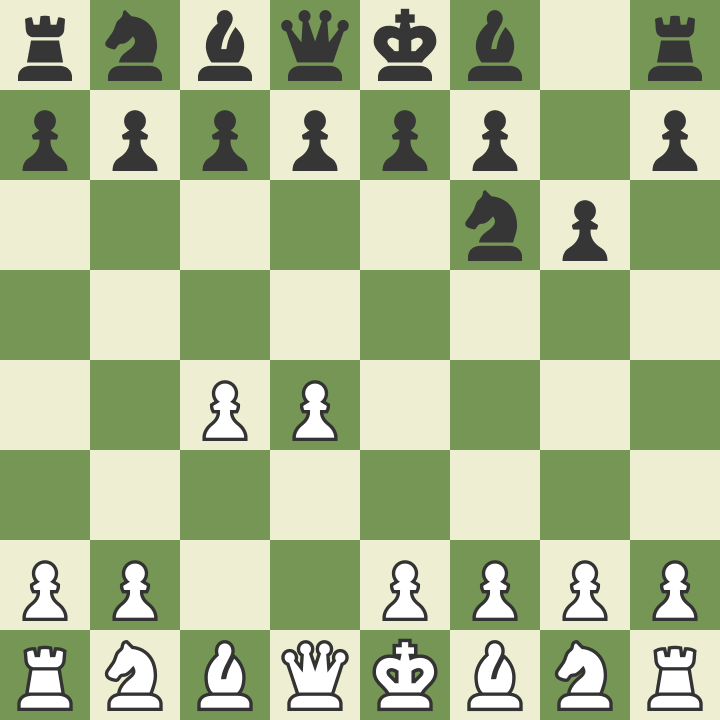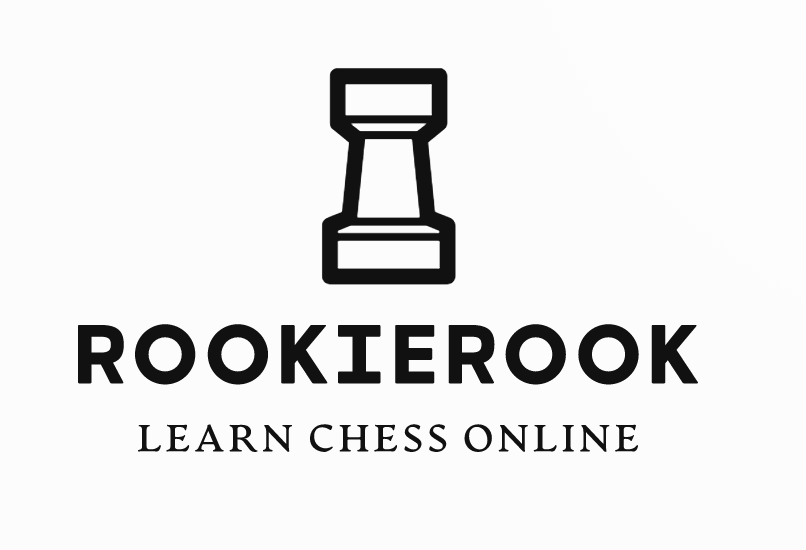
What’s the main purpose of the opening?
The main purpose of the King’s Indian Defense is to allow Black to control the center with pawns and develop their pieces to strong defensive and counterattacking positions. By fianchettoing the king’s bishop, Black gains control of the long diagonal and can potentially launch a powerful attack on White’s king. The opening is characterized by its dynamic pawn structure and sharp, tactical play.
What are the pro’s of using the King’s Indian Defense?
The King’s Indian Defense has several advantages, including:
- Strong counterattacking possibilities: Black’s setup allows for counterattacks against White’s central pawns and the possibility of launching a powerful attack on White’s king.
- Solid defensive positions: The fianchettoed bishop and the pawn structure can provide strong defensive positions that are difficult for White to break down.
- Limited theory: Unlike some other openings, the King’s Indian Defense has relatively limited theory, making it easier for players to navigate without extensive memorization.
What are the counters to the King’s Indian Defense?
White can counter the King’s Indian Defense in several ways, including playing the Exchange Variation, the Four Pawns Attack, or the Saemisch Variation. Additionally, White can try to play a slower, more positional game, denying Black the counterattacking opportunities they seek.
Is the King’s Indian Defense good for beginners?
The King’s Indian Defense can be a challenging opening for beginners to play, as it requires a strong understanding of tactical play and the ability to recognize counterattacking opportunities. However, it can also be a good choice for players who enjoy dynamic, tactical games and are willing to put in the time to study the opening.
What are the risks of playing the King’s Indian Defense?
The King’s Indian Defense can be risky if Black does not play accurately, as White can quickly gain control of the center and launch a powerful attack against Black’s king. Additionally, Black’s delayed development can lead to a lack of coordination between pieces and difficulties in defending against White’s threats. It is important for Black to be familiar with the opening’s various lines and to have a solid understanding of tactical play in order to play the King’s Indian Defense effectively.
